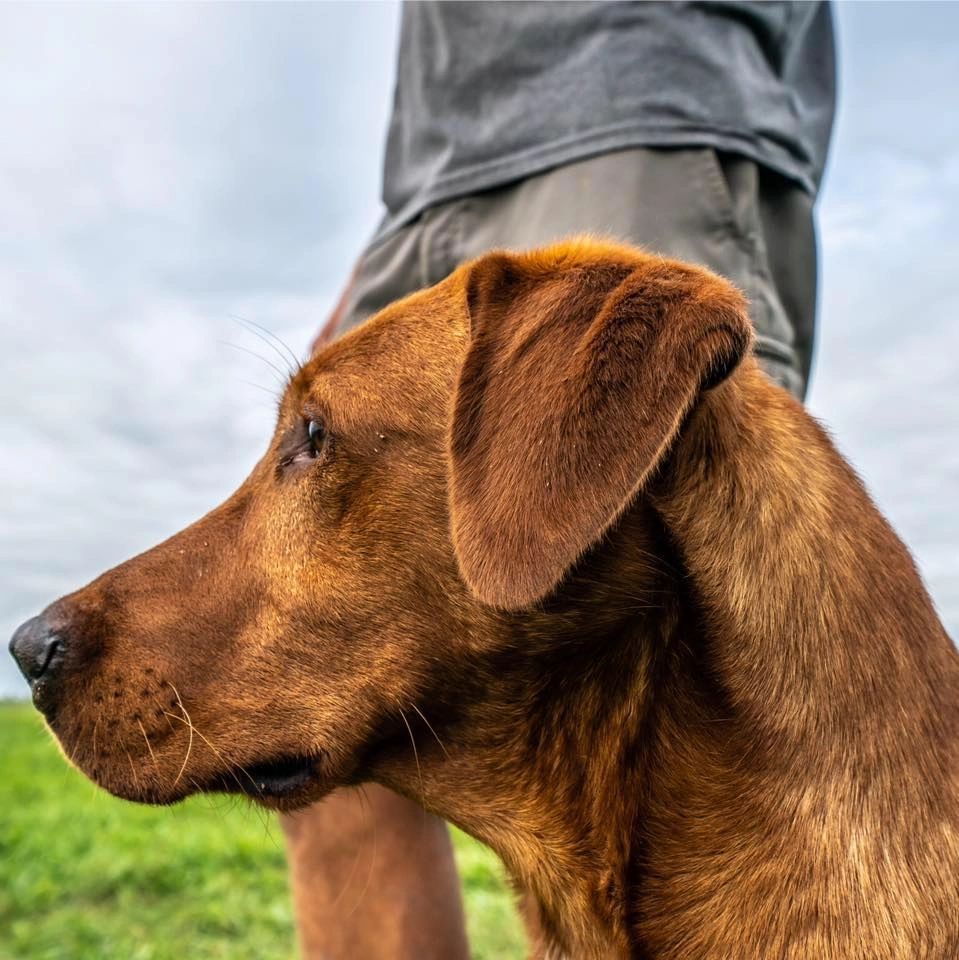Weimdogman
Well-known member
So tell me this , when you turned up the juice and zapped the dog if it had ran away what would you have done then?I run a track & train on my Lab, it was introduced to her at about 5 months old, and I bought it because she would get a stubborn streak and would just not come when called. I ordered a Garmin 300i with a T25 collar. When it showed up I charged everything up and we went for a walk, got back to the house, time to go in, she locks up about 50yds away and gives me the look of I’m not ready to go in, hit the tone button and called her again, she’s still looking at me as usual, hit the tone button, called her, no response, she got the first pinch, she jumped and looked at me, as if to say WTF was that, hit the tone button, called her, no response, cranked the juice up on the hand held and zapped her good, haven’t had a issue since… i now use it to keep her close, worked like a charm in Montana last fall, hit the tone button, she’d pop out of the fence row till we got closer and I’d send her back in,.
All bets are off if she sees the bird running
There are better ways to train.


